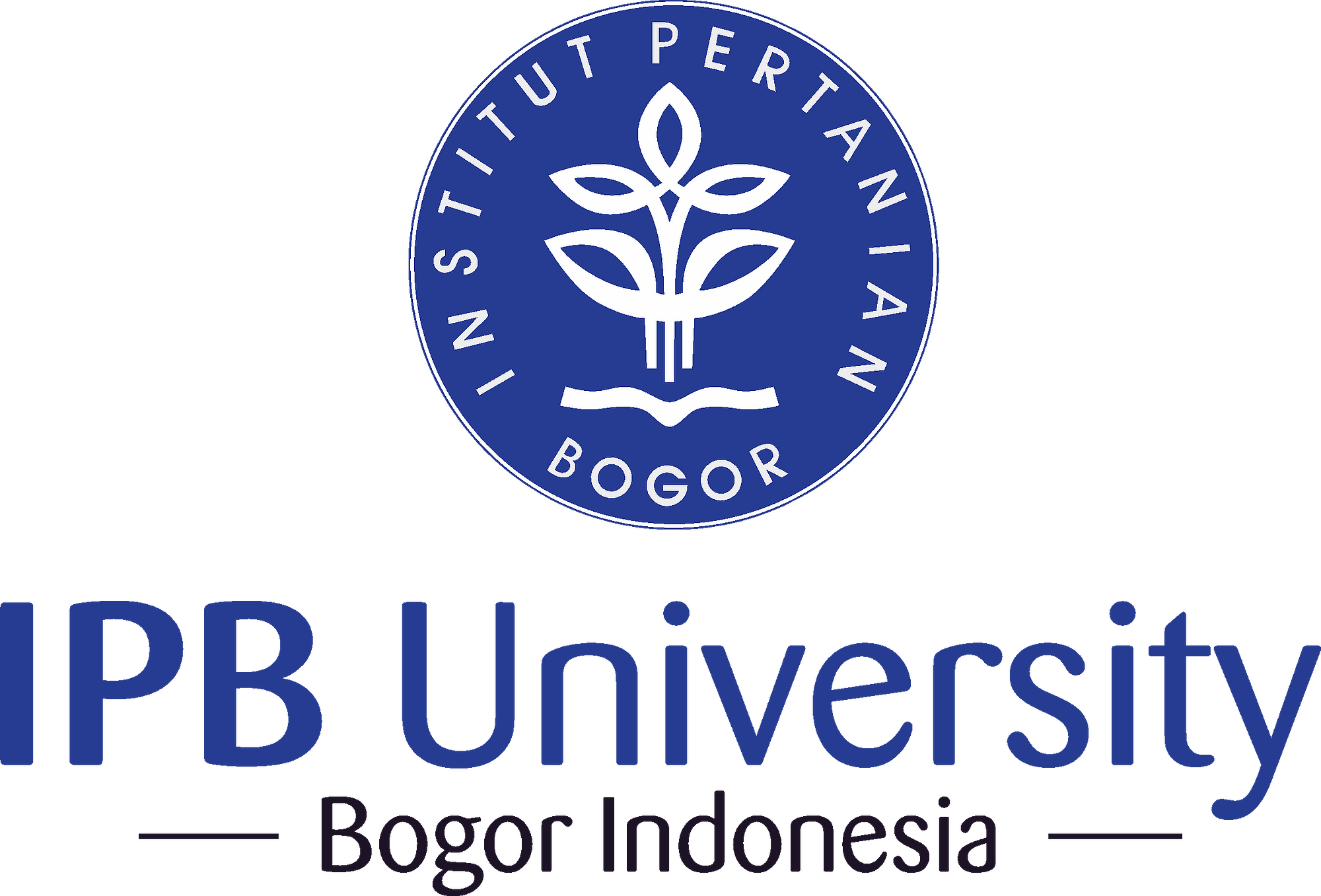Produksi dan Kualitas Tanaman Katuk (Sauropus androgynous (L.) Merr.) pada Berbagai Komposisi Pupuk Urea dan Kompos Kipahit
Abstract
Katuk leaves are not only used as vegetables but also as raw material for biopharmaca, so it needs to be produced in an environmentally friendly manner, using organic fertilizers. This study aims to determine the effect of the composition of urea and Mexican sunflower compost (MSC) on the production and quality of various katuk accessions. The study was conducted with a factorial completely randomized design. The first factor was katuk accession (Sarampad, Maleber1, Maleber2, Kadudampit1, Kadudampit2, Gegerbitung, Dramaga, Cinangneng1, Cinangneng2, Katulampa). The second factor is the composition of urea and MSC, consisting of 100% N-urea, 100% N-MSC, 75% N-urea + 25% N-MSC, 50% N-urea + 50% N-MSC, 25% N-urea + 75% N-MSC, and without N fertilizer. The dose of N fertilizer used was 250 kg N ha-1. The results showed that katuk 'Kadudampit1' and 'Kadudampit2' had the largest plant height and leaf area, 'Sarampad' and 'Maleber2' produced the highest number of shoots, total shoot length, harvest dry weight, and total chlorophyll content. Katuk 'Katulampa' leaves contain the highest total soluble solids (TSS) and leaf nitrate. The combination of urea + MSC increase plant height and the number of leaflets greater than those given urea, and the number of shoots, total shoot length, harvest dry weight, total chlorophyll content, and TSS are equivalent to those given urea. The use of MSC can reduce leaf nitrate content and reduce urea use.
Keywords: chlorophyll, harvest dry weight, nitrate, Sauropus androgynous (L.) Merr, total soluble solids













